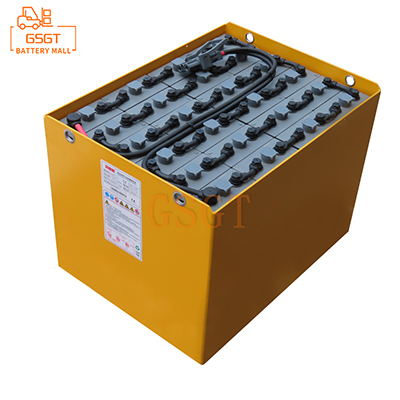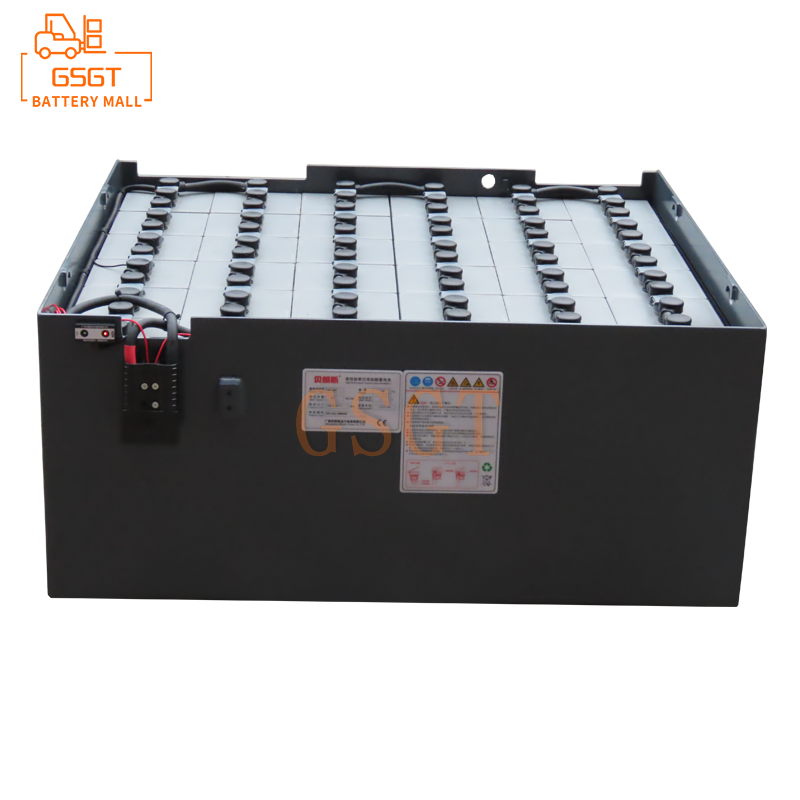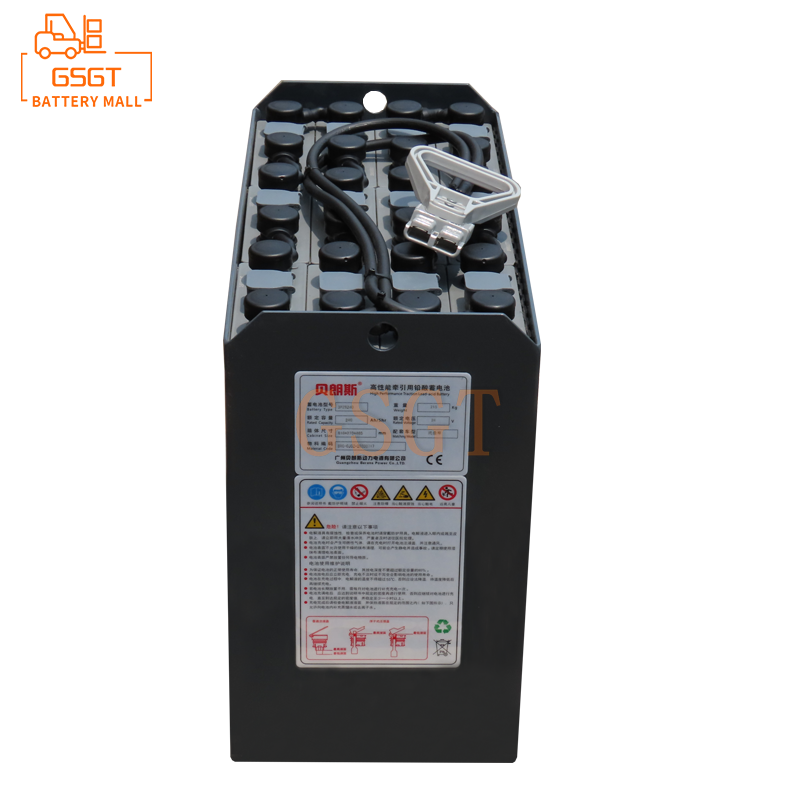Time:2025-03-25 15:35:53
Browse:654
In modern life, lead-acid batteries, as a common and important energy storage equipment, are widely used in many fields such as automobiles, electric vehicles, solar energy storage systems and uninterruptible power supplies (UPS). Although its technology is mature and the cost is relatively low, in the actual use process, due to the lack of in-depth understanding of its characteristics and maintenance requirements, it is easy to fall into some use errors, which not only affect the performance and service life of the battery, but also may bring safety risks. Here is a detailed inventory of the common use errors of lead-acid batteries.
1. Excessive discharge
Many users in the use of lead-acid batteries, often ignore the remaining battery power, until the device is completely unable to work before thinking of charging, which is a typical excessive discharge behavior. During the discharge of lead-acid batteries, lead dioxide on the positive plate and spongy lead on the negative plate will chemically react with sulfuric acid in the electrolyte to produce lead sulfate. When excessive discharge occurs, a large number of active substances on the plate are converted into lead sulfate, which will not only form a dense crystalline layer on the surface of the plate, that is, plate vulcanization, increase the internal resistance of the battery, hinder the ion transmission during subsequent charging, but also cause the active substances of the plate to fall off and shorten the service life of the battery. For example, electric vehicles should be charged as soon as possible when the power indicator turns red or even flashes, if you continue to ride until the vehicle is completely unable to drive, great damage to the battery. Long-term excessive discharge, which can originally use 3-5 years of electric vehicle batteries, may need to be replaced in 1-2 years.
2.Frequent fast charging
With the accelerated pace of life, in order to save time, many people are keen to use fast chargers to charge lead-acid batteries. Fast charging can replenish a large amount of battery power in a short period of time, but it will cause potential damage to the battery. When charging fast, the current output of the charger is larger, which will speed up the chemical reaction inside the battery and generate a lot of heat. In the high temperature environment of lead-acid batteries, the evaporation of the electrolyte is intensified, the water loss is too fast, and the distilled water needs to be supplemented more frequently. At the same time, high temperature will also accelerate plate corrosion, so that the plate active substances fall off, resulting in a decrease in battery capacity. Take the car starting battery as an example, if you often use fast charge, you may find that the starting performance of the battery gradually deteriorates, and the service life is significantly shortened. In general, lead-acid batteries use normal charging methods, and it is appropriate to control the charging time at 8-10 hours to avoid frequent use of fast charging.
3. Ignore electrolyte maintenance
Electrolyte is the key medium for the electrochemical reaction of lead-acid battery, and its state has great influence on the performance of the battery. However, many users completely ignore the maintenance of the electrolyte during use. On the one hand, the electrolyte level is not checked regularly. During the battery charging and discharging process, water will escape in the form of hydrogen and oxygen due to the electrolytic reaction, resulting in a decrease in the electrolyte level. If the liquid level is too low, part of the plate is exposed to the liquid surface, the area involved in the electrochemical reaction is reduced, and the battery capacity is reduced. On the other hand, the electrolyte density is not concerned. Lead-acid batteries in different seasons, different states of use, need appropriate electrolyte density to ensure the best performance. For example, when the temperature is low in winter, the low temperature performance of the battery can be enhanced by appropriately increasing the electrolyte density; At high temperature in summer, too high electrolyte density will aggravate plate corrosion. Ignoring the adjustment of electrolyte density will make the battery difficult to play the best performance in different environments and shorten the service life.
4.Long-term loss of power storage
Some equipment may be idle for a long time and not in use, but users often forget to carry out regular maintenance of their lead-acid batteries, resulting in long-term loss of battery storage. In the state of loss, the lead sulfate on the surface of the plate will gradually crystallize, forming an irreversible vulcanization layer, which is similar to the plate vulcanization caused by excessive discharge, which will greatly increase the internal resistance of the battery and reduce the battery capacity. Even if it is recharged later, it is difficult to restore the original performance. For example, if the lead-acid battery in the backup UPS power supply is not used for a long time and is not regularly charged and maintained, it may be found that the battery cannot supply power normally when it is really needed for power failure, affecting the operation of the device. Therefore, for long-term idle equipment, the lead-acid battery should be replenished and charged at least once a month to keep the battery in a full charge or high power state.
5.Mixed with different specifications of batteries
In some cases, for emergency or cost savings, some users will mix lead-acid batteries of different specifications, different brands and even different service years. This is very wrong. Batteries of different specifications have different parameters such as capacity, internal resistance, and voltage. When they are used in series, the battery with a small capacity will be full first and will also be discharged first, resulting in overcharge or overdischarge; When used in parallel, the battery with small internal resistance will bear larger current and accelerate aging. Different brands and life of the battery also have similar problems, mixed use will reduce the overall performance of the battery pack, and may even cause safety accidents in serious cases. For example, in an electric vehicle battery pack, if batteries of different specifications are mixed, there may be dangerous situations such as power instability during vehicle driving, and even overheating of the battery and fire.
Understanding and avoiding the misunderstanding of the use of these lead-acid batteries can effectively improve battery performance, extend its service life, and ensure the safe and stable operation of the equipment. Whether it is the use of electric vehicles, automobiles in daily life, or the application of lead acid batteries in industrial production, communication security and other fields, the correct use and maintenance methods are crucial.

$3810

$3405

$4045

$850

MESSAGE
Professional And Efficient
Security
Affordable Price
Professional Services